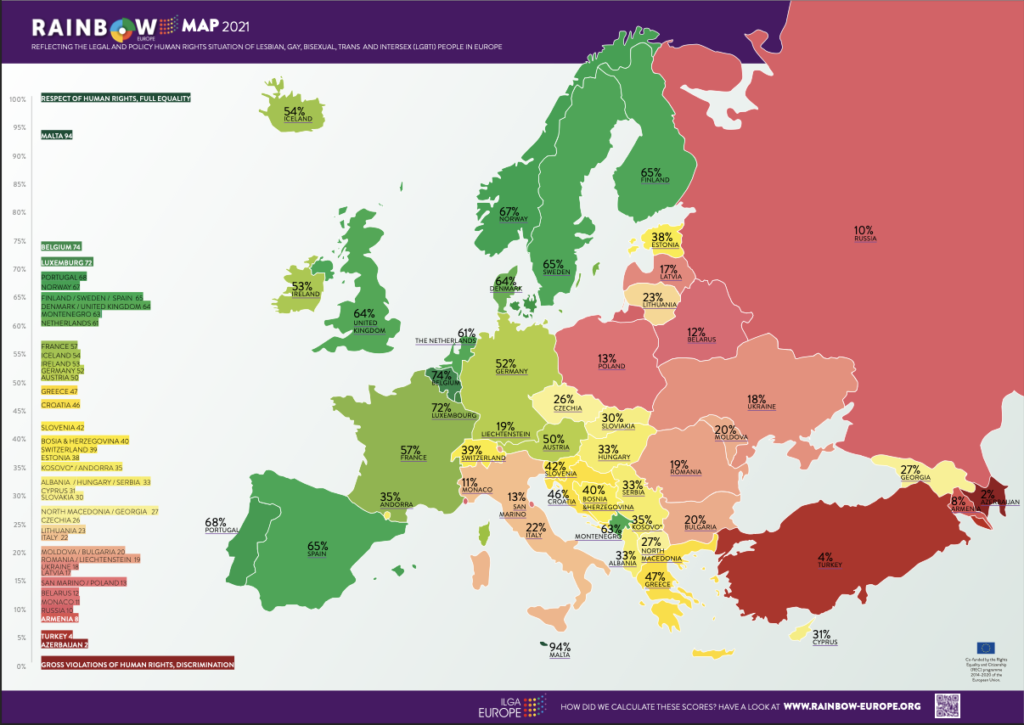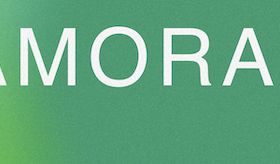In many ways, our modern depiction of romance comes from Europe. The thought of many European destinations often evokes a nostalgic romanticism. Romeo and Juliet. Tristan and Isolde. Catherine the Great and Grigory Potemkin. The tales are endless.
In today’s world however, do Europeans still date? Of course they do. In fact the greater European region has one of the most vibrant dating cultures in the world. Though dating norms and customs vary from country to country some common threads can be observed. Generally speaking, Europeans tend to take a more laid-back approach to dating compared to their counterparts in other parts of the world. In many countries, it’s common to go on “dates” without necessarily labeling them as such, and there’s often less pressure to make a relationship official.
In many European countries, meeting through friends or social events is a common way to start a relationship. However, with the rise of dating apps, online dating is becoming increasingly popular as well. In some countries, such as France, flirting and courtship are seen as an art form, and both men and women may play hard to get. In others, such as Sweden, gender equality is highly valued and dating dynamics reflect this. Overall, European dating culture can be diverse and nuanced, but the importance of communication and respect for one another’s boundaries is universally valued.
Throughout this page, we hope that you’ll find all the resources you need for dating in Europe.
Is Europe gay friendly?
Many European countries have made great strides in LGBTQ+ rights and are generally considered to be more accepting and tolerant than other parts of the world. However, it’s important to note that attitudes towards the LGBTQ+ community can vary greatly from country to country, and even within different regions of the same country. Additionally, while same-sex marriage is legal in many European countries, there are still some where it is not recognized or where there are limited legal protections for LGBTQ+ individuals. It’s always important to research and understand the laws and attitudes of a specific country before traveling or living there as an LGBTQ+ person.

The European Union has a number of laws aimed at protecting the rights of the LGBT+ community. In 2000, the Employment Equality Directive was adopted, which prohibits discrimination on the grounds of sexual orientation in employment and training. This was followed in 2008 by the Charter of Fundamental Rights of the European Union, which includes a specific article prohibiting discrimination based on sexual orientation.
Top dating apps in Europe
When it comes to dating apps, it depends who you ask. When we define the ‘top’ as most well-known or widely used, here are our top picks:
It is important to note that while these apps have been significant in Europe, other apps are more popular with younger demographics. Fruitz for example, is a popular dating app for GenZ.
Popular cities for dating in Europe
There are many romantic destinations in Europe for couples. However when it comes to meeting other singles, we find these cities tend to lead:
- Paris, France
- Barcelona, Spain
- London, United Kingdom
- Berlin, Germany
- Rome, Italy
- Prague, Czechia (formerly Czech Republic)
- Lisbon, Portugal
- Amsterdam, Netherlands
- Vienna, Austria
- Copenhagen, Denmark
- Dublin, Ireland
Dating culture by country in Europe
Dating culture by overseas territory in Europe
8 European countries have either overseas or disjointed territories which they lay claim to. Often, the dating culture of these territories has a mixture of the administering country’s culture as well as other aspects perhaps unique to itself.
Denmark
| Greenland | Faroe Islands |
France
| Clipperton Island | French Guiana | French Polynesia (Tahiti | Bora Bora) |
| French Southern and Antarctic Lands | Guadeloupe | Martinique |
| Mayotte | New Caledonia | Réunion |
| Saint Barthélemy | Saint Helena (shared with UK) | Saint Martin (shared with the Netherlands) |
| Saint Pierre and Miquelon | Wallis and Futuna |
The Netherlands
| Aruba | Bonaire | Curaçao |
| Saba | Sint Eustatius | Sint Maarten (shared with France) |
Norway
| Jan Mayen | Svalbard |
Portugal
| Azores | Madeira |
Russia
| Kaliningrad |
Spain
| Canary Islands | Ceuta |
| Melilla | Plazas de soberanía |
The United Kingdom
| Anguilla | Ascension | Bermuda |
| British Antarctic Territory | British Indian Ocean Territory | British Virgin Islands |
| Cayman Islands | Falkland Islands | Gibraltar |
| Montserrat | Pitcairn Islands | Saint Helena (shared with France) |
| South Georgia and the South Sandwich Islands | Sovereign Base Areas of Akrotiri and Dhekelia (Cyprus) | Tristan da Cunha |
| Turks and Caicos Islands |
*Kosovo is not an internationally recognized country. However, we chose to treat it as separate in terms of dating culture.



